Part One: The Dangers of Air Contamination
Intro:
As an employee of AOS Services, the child of a diver and a former diver myself, I’ve been around compressed air most of my life. And yet, I’m somewhat bashful to admit that I didn’t fully understand why we tested our air.
So, with a mixture of my own curiosity and a desire to bring awareness to others about the importance of air testing, I visited TRI’s Air Testing Laboratory here in Austin, Texas to find out more.
Part One – The Dangers of Air Contamination
Part Two – The Different Types of Air Testing
Part Three – How to Take a Air Test Sample (and get it right the first time)
PART ONE -- THE DANGERS OF AIR CONTAMINATION
As you’re likely aware, air quality testing of compressed air is required every quarter according to NFPA 1989. Failing to do so is an enormous liability and puts fire stations out-of-compliance.
Just this month, a fire department in Spokane Valley, Washington was put under investigation when oil and contaminants had gone undetected in their air cylinders, a process that will likely last months and consume large amounts of time.
However, the most critical factor in regular air testing is the dire notion that clean air could possibly be what stands between a firefighter and a life-threatening situation.
As a firefighter, I have no doubt you’re aware of the implications of contaminated air. However, it’s always helpful refresh yourself on the ramifications posed by contamination.
Hydrocarbons
Hydrocarbon is a compound of hydrogen and carbon and is the main component of petroleum and natural gases. It’s present in compressor lubricants and fuels and thus can find it’s way into SCBA's. Hydrocarbons are highly combustible and pose several types major dangers which is why it’s essential to regularly change compressor filters. In addition to it's combustible nature, it's bodily effects include:
- Respiratory System Problems
- Central Nervous System Problems
- Lipid Pneumonia
- Dilated and Ruptured Alveolis
- Emphysema
Carbon Monoxide
Carbon Monoxide is the deadliest toxic found in compressed air. It cannot be stopped by filters and due to it’s colorless and odorless nature, it’s impossible to detect without air quality testing. Contamination occurs through three means 1.) Poorly maintained compressors 2.) A poorly placed compressor that intakes unclean air 3.) Someone burning plastic/rubber near a compressor. Its effects include:
- Headaches
- Heart Arrhythmia
- Confusion
- Loss of Equilibrium
- Unconsciousness
- Death
Carbon Dioxide
Carbon Dioxide is not considered hazardous on its own. However, levels that are compressed within a certain range considered “normal” otherwise, can cause the same issues of carbon monoxide. In addition, it stimulates the respiratory center which increases both the rate and depth of breathing which not only speeds up the effects of the other systems but also increases the intake of other contaminants.
Moisture, Dew Point, Oil Mist and Particulates
Moisture levels over the recommended amount result in the automatic failure of an air test. While not dangerous to the human body, the above contaminants result in inoperable equipment which cause safety and financial issues. In cold climates, excess water vapor can cause the regulator or valve to freeze. We also see increases of moisture in tropical/coastal areas during the summer due to increased humidity levels.
Conclusion
With the bodily harm, equipment damage and financial burden that result in contaminated air in mind, what should stations do to reduce risk?
1. ALWAYS GET YOUR COMPRESSOR SERVICED ANNUALLY
2. GET AIR SAMPLES TESTED QUARTERLY
3. ALWAYS BE AWARE OF SIDE EFFECTS CAUSED BY AIR CONTAMINATION
If you have any questions or would like to add, please send it my way! Also, Look out for the next article that will discuss the different varieties of air testing available on the market and the pros and cons of each.
References:
TRI Air Testing, (2017) A General Overview of Compressed Air Testing for Purposes of Improving Firefighter Safety
University of Washington Environmental Health Laboratory, Breathing Air Quality Sampling and Testing retrieved from http://www.lni.wa.gov/safety/GrantsPartnerships/SHIP/awardees/UWAirBreathing/BreathingAirQualitySamplingTesting.pdf

